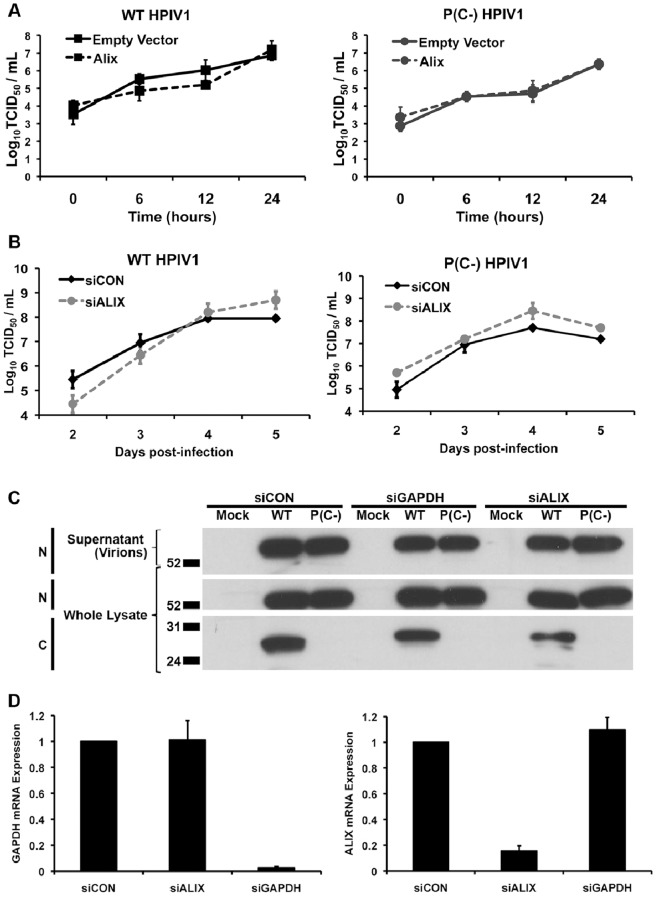Figure 6. Changes in the expression of Alix do not alter HPIV1 replication or release.
A. Over-expression of Alix did not affect HPIV1 replication. 293 T cells were transfected with plasmid expressing Alix and then infected with WT or P(C-) HPIV1 at a MOI of 5 (the same MOI that was used in previous experiments). 0.5 mL was aliquoted from the overlying tissue culture medium and replaced with 0.5 mL fresh medium at the indicated time points. The aliquots were assayed for infectious virus by limiting dilution. B. siRNA-mediated knock-down of Alix expression did not affect HPIV1 replication. 293 T cells were transfected twice with control non-targeting (siCON) or Alix-specific (siALIX) siRNA and infected with a low MOI (0.01) of WT or P(C-) HPIV1. HPIV1 replication was assayed as in part A. C. Analysis of viral proteins released into the overlying tissue culture medium or present intracellularly during Alix knock-down. On day 5 of the experiment described in part B (with the addition of 293 T cells transfected with siGAPDH as an additional control), total protein from the tissue culture supernatant and from the cell lysate was collected and analyzed by SDS-PAGE and Western blotting. This confirmed the presence of N protein in virions released into the overlying culture medium and in cell lysates for both viruses, the absence of intracellular C protein for the P(C-) virus, and the reduced accumulation of C protein from WT HPIV1 during Alix knock-down. D. Confirmation of siRNA-mediated knock-down of Alix expression. From the experiment in part C, the knock-down of Alix and GAPDH expression was confirmed by measuring intracellular mRNA by RT-qPCR.

